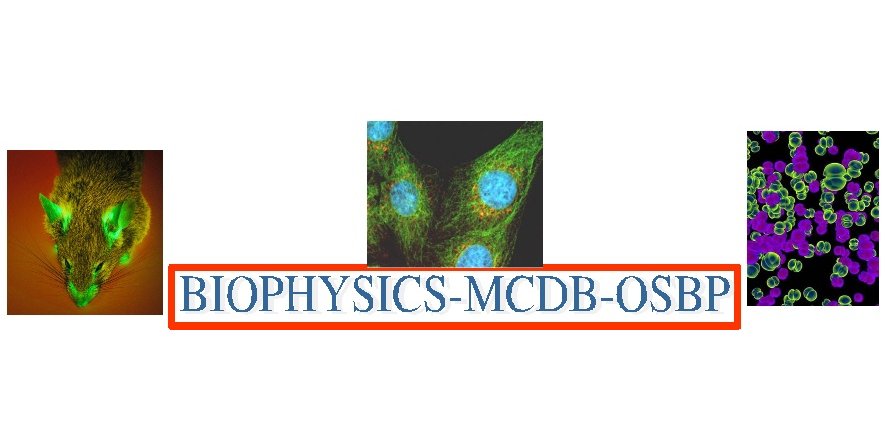Interdisciplinary Graduate Programs Symposium

2010 OSU Molecular Life Sciences
Interdisciplinary Graduate Programs Symposium

Poster abstracts
Abstract:
Prolyl-tRNA synthetases (ProRSs) mischarge cognate tRNAPro with the noncognate amino acids Ala and Cys. Fidelity in protein translation is partly ensured by a discrete editing active site (INS) present in most bacterial ProRSs, which hydrolyzes mischarged Ala-tRNAPro but fails to hydrolyze Cys-tRNAPro. The latter is edited by a separate free-standing domain known as YbaK via a unique mechanism involving the substrate sulfhydryl moiety. The molecular basis of substrate specificity of these homologous editing domains is further investigated here. Computational docking studies of E. coli (Ec) ProRS INS bound to CCA-Ala revealed that the methyl side chain of the substrate Ala binds in a small hydrophobic pocket defined by conserved residues I263, L266 and T277. This pocket is large enough to also accommodate Ser- and 2-aminobutyric acid, but cannot hydrolyze Cys- and Pro-tRNAPro. Deacylation activities of the INS mutants were tested against Ala-, Pro-, Cys-, Ser-, Leu- and 2Abu-tRNA substrates. All mutants showed a significant loss in Ala- and 2-Abu deacylation. Interestingly, I263A gained Cys-deacylation specificity. The G30 residue in YbaK, which aligns with I263, was substituted with Ile to mimic the INS binding pocket. G30I YbaK failed to hydrolyze either Ala- or Cys-tRNAPro. Thus, restricting the binding pocket size of YbaK prevents Cys-tRNA editing, but does not allow hydrolysis of smaller substrate Ala. QM/MM calculations suggest that hydrolysis by INS is mediated by a nucleophilic water molecule activated by the substrate 2ʹOH of A76 of tRNAPro. In support of this idea, 2ʹ-deoxy-A76-tRNAPro was severely reduced in INS Ala-deacylation activity. In conclusion, the specificity of substrate-assisted water-mediated hydrolysis by INS is largely dictated by the size of the binding pocket, whereas tuning the binding pocket size of YbaK is not sufficient to alter substrate specificity, further supporting the role of the side chain sulfhydryl in cleavage chemistry.
Keywords: Prolyl-tRNA Synthetase, YbaK, Mechanism of substrate hydrolysis